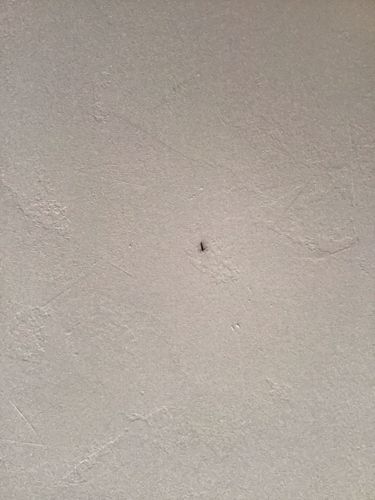Fungus Gnat
Scientific Name: Bradysia spp. (though various genera exist in the Sciaridae and Mycetophilidae families)
Order & Family: Diptera (True Flies), Families Sciaridae and Mycetophilidae
Size: 2-8 mm (approx. 0.08 to 0.3 inches)

Natural Habitat
Damp, shaded environments, particularly in soil rich in decaying organic matter. Indoors, they are commonly found around houseplants or areas with moisture issues.
Diet & Feeding
Adult fungus gnats typically do not feed or feed on liquids. Larvae feed on fungi, decaying organic matter, and sometimes the roots of plants.
Behavior Patterns
Adults are weak flyers and tend to stay close to potted plants or sources of moisture. They are attracted to light but move slowly. Larvae live in the soil. Their life cycle is relatively short, around 3-4 weeks from egg to adult.
Risks & Benefits
Fungus gnats are generally harmless to humans, though large infestations can be a nuisance. Larvae can damage the roots of houseplants, especially seedlings and young plants, leading to wilting or stunted growth. They are not known to transmit diseases to humans or pets. In outdoor environments, their larvae contribute to decomposition.
Identified on: 9/17/2025